One of the biggest incongruencies I’ve seen about prepping, is the problem with watering a garden. That may not seem like much of a big deal for you; as you’ve probably never been without water. But I live in an arid part of the country, where water usage is something we have to pay attention to. We can go weeks at a time without rain, meaning that if we’re caught in a situation where we don’t have municipal water and we have to live off our stored water and what we can get from rainwater harvesting, we’re going to have to be very careful with our water consumption.
I’ve never agreed with the “gallon of water per person, per day” that people quote. That’s just what’s needed for drinking and cooking. When we add in a minimal amount of bathing, cleaning and washing clothes, it can grow much higher. Put gardening on top of that and we could be in real trouble.
Part of the problem is that we don’t really know how much water we use for gardening. About half the average family’s water usage is watering the lawn, but that’s not what we’re talking about. We’re only talking about watering the garden. Even that can take a lot of water. If you have a 100 sq. ft. garden and are giving it one inch of water per week, that works out to 62.5 gallons of water. On top of that, if you live in a hot climate, like I do, and only give your garden one inch of water per week, everything will die.
This Device Easily Turns Air Into Water!
Let’s refine that a bit more. No family is going to be able to live on the food you can raise in a 100 sq. ft. garden. You need 150 to 200 sq. ft. per person, per year, or 600 to 800 sq. ft. for a family of four. Based on the numbers above, an 800 sq. ft. garden will need roughly 500 gallons of water per week. If you live in the South, you’d better count on twice that.
Where is all that water going to come from?
It’s certainly not going to be able to come from whatever amount of water you have stockpiled. Unless you have a well or a stream going through your property, you’re going to have to get that water from rainwater capture.
But wait a minute. Is there any way that we can keep that garden alive, without having to use that much water? Yes, there is. The one inch of water per week that is recommended for watering a garden is with the idea that the entire surface of the garden needs to be covered with one inch of water. Fortunately for us, there have been methods developed, which will allow us to water our plants, with much less water, saving 70 to 80 percent of those 500 gallons per week mentioned above.
Soaker Hoses
The first such option is to use soaker hoses for watering. Soaker hoses are semi-permeable rubber hoses, which allow water to seep out through them, throughout their length. Soaker hose can be used in conjunction with regular hose or flexible plastic line, allowing you to set up your system in a way where you are “choosing” what will be watered and what will not be. For example, soaker hose can be run through planting beds, with solid hose used between the beds, saving water that would otherwise be spilled out on pathways.
Soaker hose is available in spools, with fittings in bulk packages, which works better for making this sort of system, rather than buying hoses with fittings attached. To start building your system, it might be easier buying a soaker hose kit, then buy other materials to supplement what comes in it.
For best results, soaker hoses should not be buried underground, but laid on the top of the soil, in a way that ensures they will provide water to all the plants in the bed. The hoses can be held in place with standard landscaping staples, such as are used to hold down landscaping fabric. Cover the soaker hose with two to three inches of mulch to help cut down on evaporation.
Soaker hoses need 10 PSI to function and shouldn’t have more than that. Typically, a pressure regulator is used in conjunction with them, cutting down line pressure (which is usually about 60 psi) to the required 10 psi. But coming up with that 10 psi in the wake of a disaster, when there’s no city water may be difficult. Gravity feed is one possibility; but to use gravity feed, the contain the water is feeding from would have to be 32 feet above the level of your planting beds. If you’re on a hill, that might not be a problem, but if you have flat land, getting the water up that high might be problematic.
The other possibility is to use a hand pump to provide the pressure. The water could be pumped directly or the pump could be used to pressurize a barrel that holds the water, allowing that pressure to drive the water out. the pump would have to be used several times during one watering, re-pressurizing the barrel as water flowed out, but it would be more efficient than pumping the water the whole time.
Soaker hoses are about 70% more efficient than using most above-ground watering systems, such as sprinklers. That drops the water usage down to 18.75 gallons per 100 sq. ft, per week.
Drip Irrigation
There’s an even more efficient system than soaker hoses, that’s drip irrigation. Originally invented by the Israelis, so that they could efficiently irrigate desert lands for agriculture, drip irrigation saves 80% of the water that you would use in normal gardening. This brings water usage down to 12.5 gallons per 100 sq. ft.
The key that makes drip irrigation so effective is that the water “emitters” are placed right at the base of each plant’s stem, ensuring that all the water used is being put right where the plant can absorb it. That eliminates almost all the waste. Putting mulch over the system helps prevent water from evaporating, just as with the soaker hoses.
There are a couple of different system styles for drip irrigation that I am aware of. One uses ½” flexible plastic hose throughout, with emitters right at the plants. The other only uses the ½” flexible plastic hose for major distribution, with ¼” flexible plastic hose for the minor tributaries, carrying water to the emitters. Both systems use different types of emitters, with a greater variety of styles of emitters available for the second system, using ¼” transmission hose for the tributaries. However, the first system, with ½’ flexible plastic hose throughout, is easier to run.
It takes considerably longer to install either form of drip irrigation, than it takes to install soaker hoses and it takes even more time to assemble the second style of system, where the ¼” tributary hose is used. The biggest problem is figuring out the plan.
They tell you to use a cup of hot water to soften the plastic hose, so that it will slip over the barbs on the emitter fittings, T fittings and other connectors used in the system. In my personal experience, that is totally ineffective. I ended up using a heat gun on the “low” setting. Even on low, if I had held the plastic tubing in front of the heat gun’s nozzle for too long, it would have melted it. Take extreme care if you decide to use a heat gun, as you can very easily burn your fingers this way.
There’s one other potential problem with drip irrigation, for those of us using it to grow food in a vegetable garden. That is that the system ends up set up for a certain planting pattern. If you change that pattern, such as needed for rotating your garden beds, you may end up wasting a lot of material. To avoid this, plan out your garden very carefully, in a way that allows you to move your drip irrigation from one planting bed to another, each time you rotate your garden beds.
Use Greywater
One final thing I want to mention about saving water for your gardening efforts. That is, use greywater for your garden as much as possible. Greywater, for those who are unfamiliar with the term, is water that goes down the drain from your sinks, showers and bathtub. Water from the toilets is referred to as “black water” and shouldn’t be used for irrigation, as human waste is biologically very “dirty” and can spread disease.
It’s unlikely that you’ll have a lot of greywater to use, during a time of crisis, when you don’t have city water to depend on. Nevertheless, you should try and capture as much as you can for gardening, lowering the overall amount of freshwater you need for your garden.
My home is two-story, with some unusual plumbing. However, rather than making things harder, the unique plumbing job actually made greywater capture fairly easy for me. All the drain lines for my showers, the kitchen sink and the clothes washer are in the outer walls. So, I was able to bring those out through the walls, and use the water for my garden. Your home may not be as easy, especially during a time of crisis; but you can always plug the drains and scoop the water out, collecting it for use in your garden.


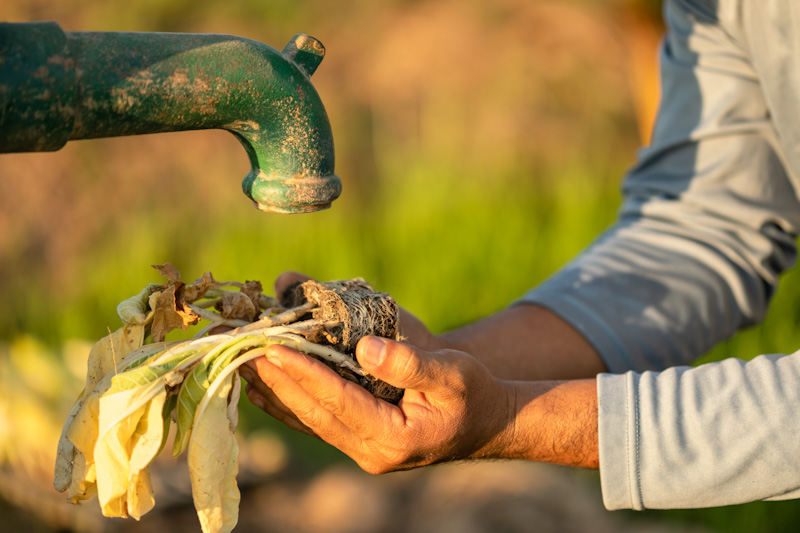

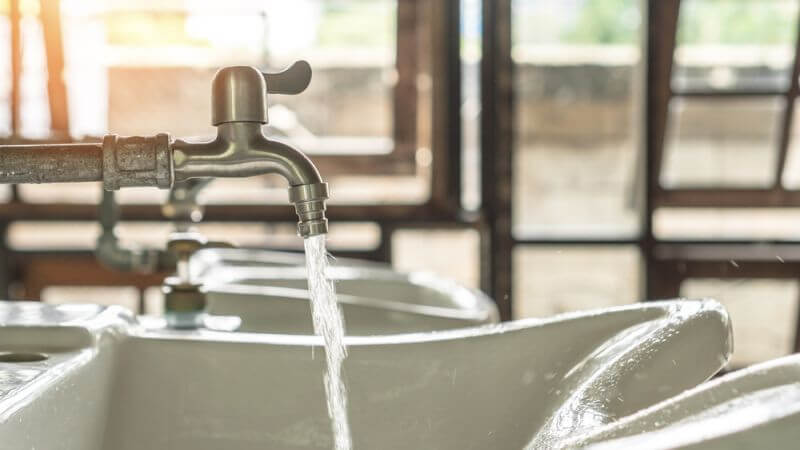
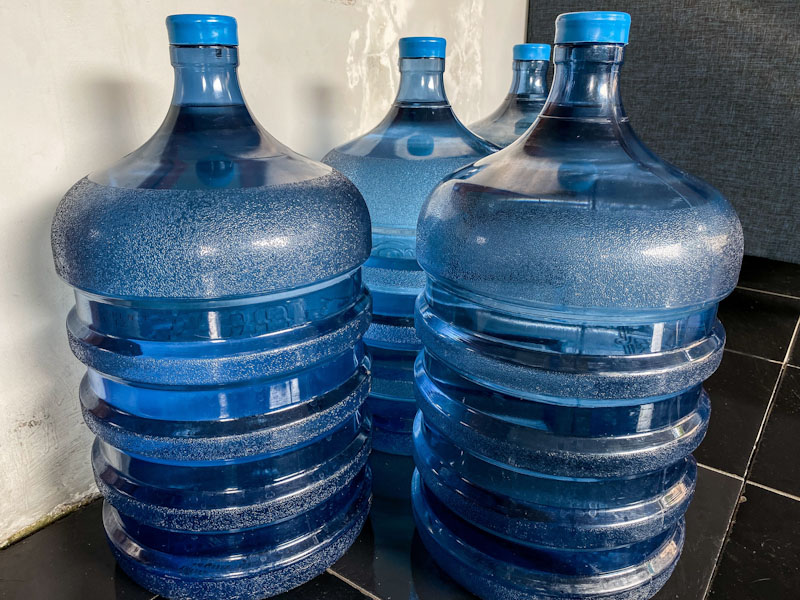
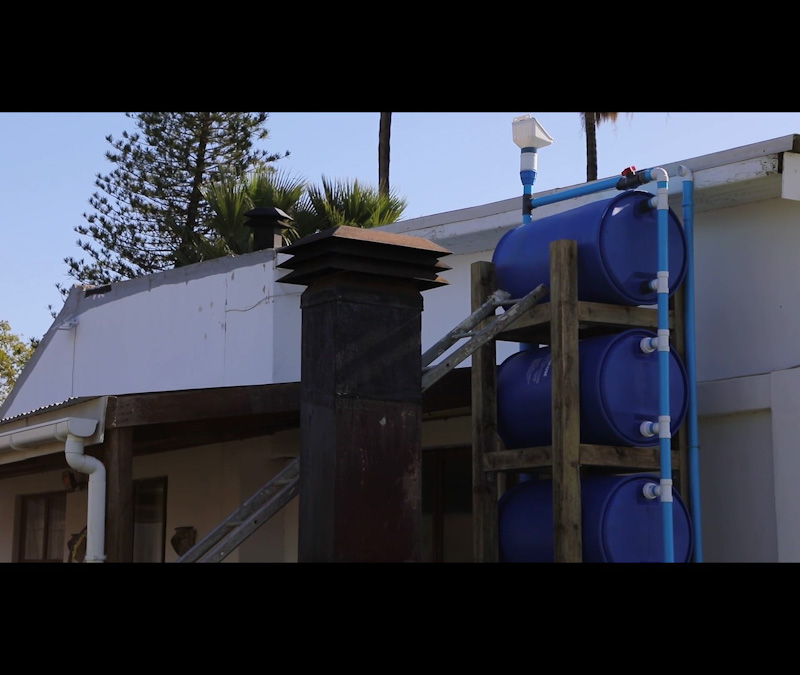
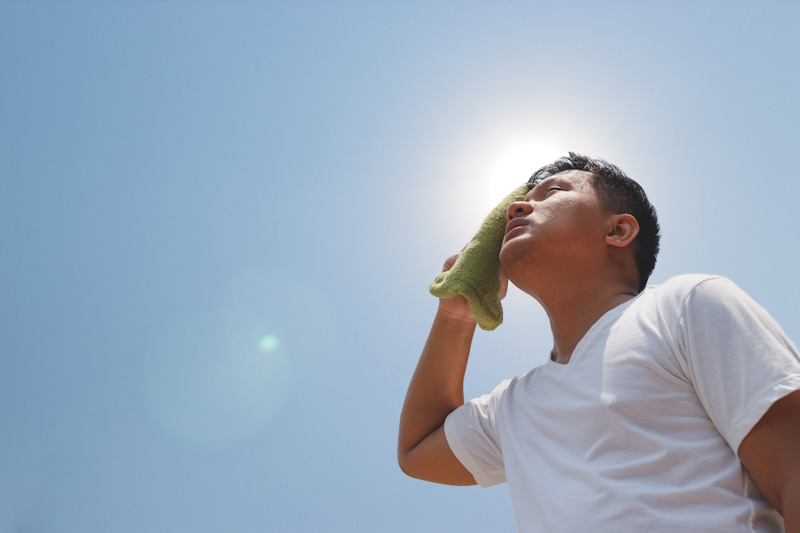


Paul | September 12, 2023
|
I agree that water will be a concern in the future. I live in the middle of the Mojave desert and it takes 5 gallons of water in the morning and same in the evening for 2 apple trees. Q
Robinson | September 19, 2023
|
My nephew put a y connection on the outgo for the clothes washer. When I wanted to use it I hooked up a water hose to water my tree. Be warned lots of soap isn’t good for the vegetation
cheri | September 23, 2023
|
for trees when you dig the planting a bit deeper and place 2 1/2 to 3 ft long piece of sewer pipe vertically towards the outside of the hole. it must have holes drilled in the sides to distribute the water along the root zone. you can run a drip system into it. put a cacan over the top to keep the dirt out and cover with mulch
Lisa | April 9, 2024
|
Couple months back, I was concerned about water rationing. Was in SFran in the late 70’s when they went thru it. One gal per day, per person was NOOO fun. Consider dehumidifiers. They will extract a gal every 3-4 hrs, depending how heavy the humidity.. I live in the high desert, not alot of humidity, however it can work. If you have electric, you can manufacture water from the air. We have had about 6″ since 11/23 so we may not go to rationing. Next is the potential irrigation cut back. Allow me 3 hrs every other week, and I’ll fill my rain catch totes to water my newest trees in the odd week.
cheri | April 9, 2024
|
a real good trick to conserving water in watering your trees os to dig a deep hole to plant it in, then put a 4 inch pipe all the way to the bottom of that hole. then back fill to where you want your tree roots to be planted. this pipe needs hole drilled into the sides up to 8 inches from the ground surface. this puts the water down where the roots are thus minimizing loss to evaporation and also encourages the tree to put its roots deeper into the soil making it more stable.
water your garden at night to reduce evaporative loss. if you use a soaker hose burry it 2 to 3 inches below ground surface